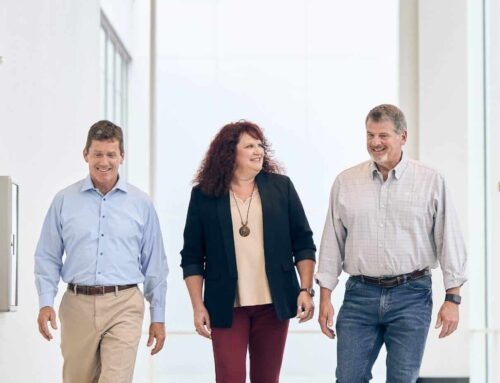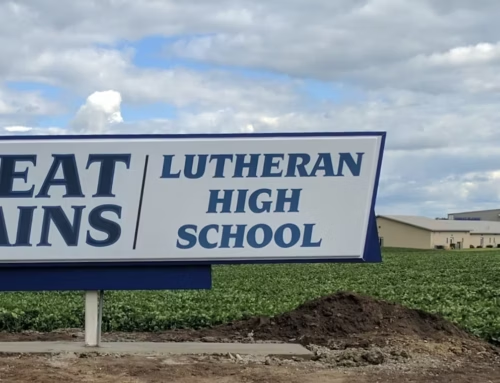When the construction world talks about adaptive reuse, it can initially come across to the layperson as a term with a multi-faceted meaning that’s something only industry insiders can understand. Not true. Adaptive reuse is actually a very simple concept. It is a very specific form of construction development that utilizes the process of reusing an existing building or building site for accommodating new or updated functions or for purposes that are different from those that the building or site was originally intended. Although the concept can and does apply to a single building, it is often applied to entire neighborhoods, especially those wherein the buildings are well-aged and have significant historical value to the community they call home.
The process of adaptive reuse involves more than just building renovation which can be generally understood as refurbishing or remodeling an existing building for its original intended purpose. The difference with adaptive reuse is that it involves a refurbishment of not only the building itself but of its intended purpose as well. Warehouses and industrial buildings have been adapted to restaurants or loft apartment complexes. Old office buildings have been adapted to medical care facilities. With the right construction management team, just about any building can be adapted and reused for almost any purpose other than its original intent.
So, why would a construction management company recommend this approach for a client?
Why Adaptive Reuse?
Adaptive reuse isn’t necessarily the best option for every construction project. The nature of some projects is such that constructing a new building on new land is the only practical and appropriate course of action. But there are several good reasons why a building can outlive its initially intended purpose and become a prime adaptive reuse candidate. The building’s original function may have become irrelevant or inapplicable in the area it occupies, such as a single-family house in what has become a commercial district. Also, buildings constructed in a bygone era will almost exclusively be technologically – and by extension, functionally – obsolete, or their original use outdated. For instance, Harley-Davidson Motor Company’s headquarters in Milwaukee, Wisconsin was originally constructed in the early 1900s as a manufacturing facility for production of its motorcycles. As the company expanded and technology advanced, there came a point where that original building could no longer practically function as a manufacturing plant and was adapted to the company’s main office building and current headquarters.
How Does Adaptive Reuse Benefit the Community?
There is a proverbial laundry list of benefits that can be derived from application of adaptive reuse in a neighborhood where it is deemed an appropriate construction approach. Below are three of the biggest ones.
Cost Savings: Demolishing an old existing building to make room for new construction is an expense that can be neutralized by adaptive reuse. The costs involved in redeveloping and repurposing an existing structure are almost always far less than ground-up construction, in many cases up to 50% less and without sacrificing square footage. Also, with the building’s general infrastructure already in place there is a reduced need for certain materials and trades on a project. And as we all know, time is money. Every day of construction work that can be taken off a project’s calendar translates to cost savings for the client.
Sustainability: Now more than ever the world is looking for any and all possible means of protecting and preserving the environment. According to the US Green Building Council, the construction industry is strongly encouraged to take on projects that “extend the life cycle of the existing building stock, conserve resources, reduce waste, and reduce environmental impacts of new buildings as they relate to materials manufacturing and transport.” Adaptive reuse allows for most of the existing building and materials to be maintained in the new structure which significantly reduces waste – and often even eliminates it – while preserving natural resources, and buildings that are outdated can be adapted to utilize systems and equipment that are more energy efficient.
Community History Preservation: This one is a major motivator for city officials and project stakeholders in the decision to utilize adaptive reuse. The process allows for the history and unique character of a community to be preserved while refreshing and updating the structures within that community. This preservation is not only the link between an area’s past, present, and future but it also often works to blend each of those three temporal elements into an aesthetic that is uniquely timeless.
As stated earlier, adaptive reuse is not right for every construction project. It is a very specific redevelopment process that requires a construction management firm with very specific experience. Catalyst Construction’s team of industry professionals have that experience and are ready to work with you on your adaptive reuse project. Not sure if adaptive reuse is the right approach for your construction project? Get in touch with our team and let’s talk about it. We’re ready to help.





